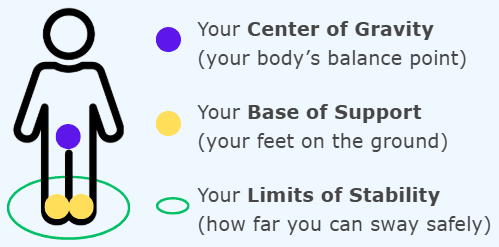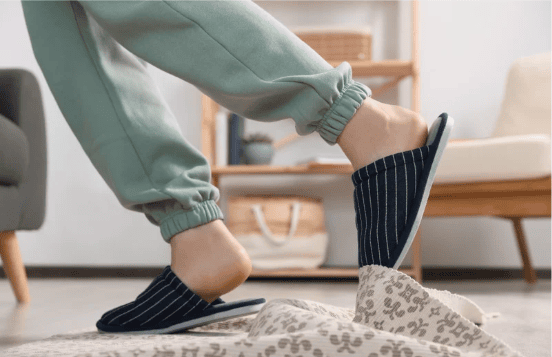Senior's Guide to Fall Prevention:
The 3 Foundational Steps to Better Balance
Have you ever decided to start a new fitness routine to feel steadier on your feet and wondered, "Where do I even begin?". It’s a common question, and the best answer isn't to just jump into random exercises you saw online. The journey to more confident movement begins with understanding your body and your environment.
This guide will walk you through the three foundational pillars of effective fall prevention: establishing your starting point, understanding the science of your balance, and creating a safer space around you.
The Crucial First Step: Setting Your Baseline
Before you take a single step in a new exercise program, you need to know your starting point. In fitness, we call this "Setting the Baseline". Think of it as a simple, objective snapshot of your current functional abilities—like your balance, strength, and mobility.
A "one-size-fits-all" approach to exercise can be ineffective or even unsafe. By performing functional fitness assessments, we gather data to understand your unique capabilities and identify potential risk factors from day one. This baseline ensures your fall-reduction program is:
- Personalized: The plan is truly tailored to your individual needs.
- Safe: We know what works for your body, ensuring exercises are safe and enjoyable.
- Effective: A targeted program allows you to track real, meaningful progress toward your goals.
This initial assessment is the cornerstone of any responsible and effective fall-reduction strategy. It’s the difference between guessing what works and knowing what works for you.
The Science of Stability: Your 3 Centers of Balance

Your ability to stay steady isn’t just about what’s happening inside your body; it’s also about the environment around you.
We think of our home as our sanctuary, but it is also where most falls happen. In fact, over half of falls among older adults occur at home.
- Your Center of Gravity (CoG): This is your body's central balance point, typically located around your pelvis.
- Your Base of Support (BoS): This is the area under your feet that is in contact with the ground.
- Your Limits of Stability (LoS): This is the invisible boundary you can sway within safely. If your Center of Gravity moves past this boundary, you’ll need to take a step to avoid a fall.
Maintaining balance is the act of keeping your Center of Gravity over your Base of Support and within your Limits of Stability. As we age, factors like muscle weakness can shrink these limits, making us more vulnerable. The great news is that we can train this system! By safely and progressively challenging our ability to control our Center of Gravity—for instance, by narrowing our stance—we can improve our balance and build confidence.
Your Home: Making Your Sanctuary Safe
Your ability to stay steady isn’t just about what’s happening inside your body; it’s also about the environment around you. We think of our home as our sanctuary, but it is also where most falls happen. In fact, over half of falls among older adults occur at home.
But here is the powerful part: unlike many health factors, your home environment is highly modifiable. Making small, simple changes is a cornerstone of effective fall prevention.

For a complete guide, download our First Steps Safety Toolkit at steadystepsfitness.com to learn how to create a truly safe and stable environment.

